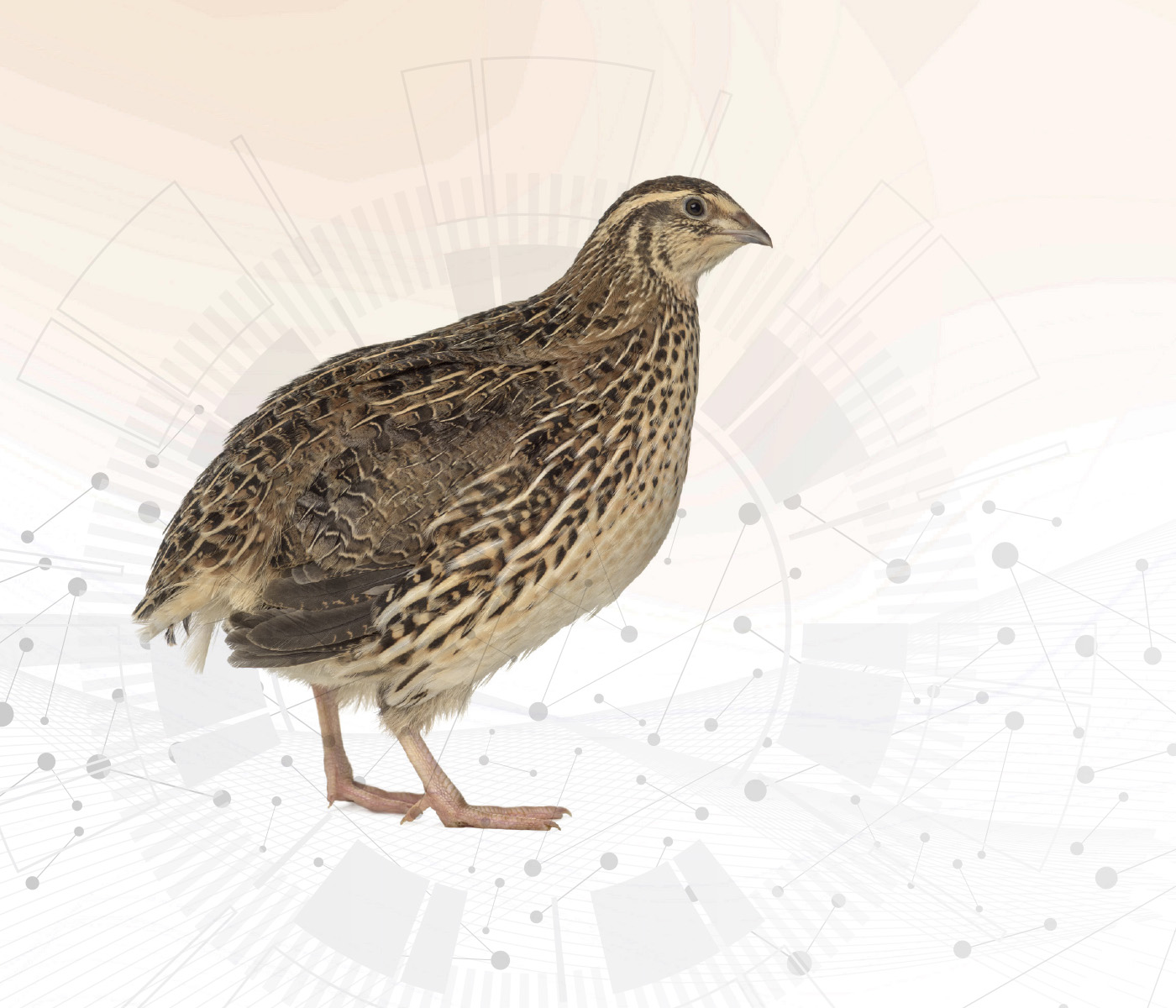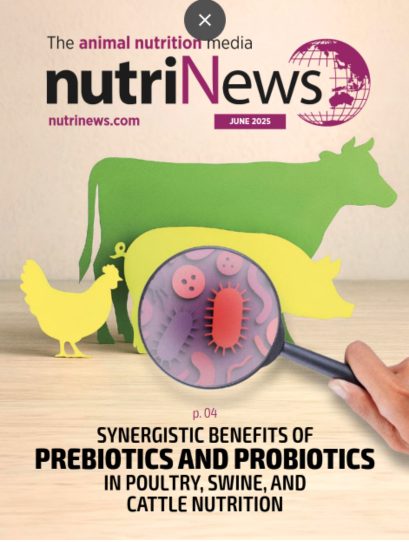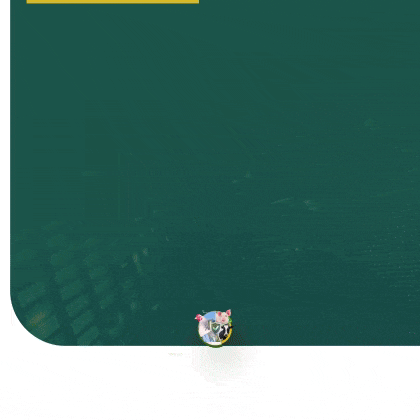AME values in black soldier fly meal for quail
A meta-analysis of the equations used to predict metabolizable energy values in black soldier fly (Hermetia illucens)meal used in Japanese quail
The main concern regarding the future of food supply and agriculture focuses on whether global systems will be able to feed humanity sustainably by 2050. While managing and accommodating the demand for agricultural commodities.
In recent years,insects have been identified as a promising source of protein and energy for animal feed.
- Insect use in poultry diets presents itself as an attractive alternative for various reasons, such as:


Several insect species have been tested as ingredients in bird feed, with black soldier fly (Hermetia illucens) larvae presenting itself as one of the most promising options. Their strong potential as alternative feed ingredients is based on the possibility to control their lifecycle and achieve their mass production. In addition to this, black soldier fly larvae contain large amounts of protein, lipids and essential amino acids such as methionine and lysine.
However, having reliable information on the nutrient content and digestibility of black soldier fly larvae is essential for the adequate formulation of diets. The application of in vivo assays to determine BSFL meal digestibility represents an expensive, time-consuming, and impractical tool through which feed mills can obtain accurate estimates for feed formulation. [register]
Predicting the apparent metabolizable energy content (AME) of an ingredient based on chemical composition can be a useful and practical method for obtaining accurate values for diet formulation. In fact, prediction equations for various ingredients have already been published.
- However, no AME prediction equation for black soldier fly larval meal in Japanese quail has been reported thus far.
Accurate prediction equations can be obtained through the systematic analysis of quantitative findings from various studies. This is also known as a meta-analysis.
 Meta-analysis bases itself on the processing of data derived from several published studies to build a statistical model that can explain those results. Thus, meta-analysis can produce accurate prediction equations to calculate the AME values of black soldier fly meal.
Meta-analysis bases itself on the processing of data derived from several published studies to build a statistical model that can explain those results. Thus, meta-analysis can produce accurate prediction equations to calculate the AME values of black soldier fly meal.
 The study group on quail nutrition (GENCO) at the State University of Maringá, together with the study group on integrative biology and non-ruminants (BIOMODEL) at the State University of Ponta Grossa, conducted a meta-analytical study with this in mind. Aiming to determine the chemical composition and digestibility coefficients of black soldier fly larvae meal used for Japanese quail.
The study group on quail nutrition (GENCO) at the State University of Maringá, together with the study group on integrative biology and non-ruminants (BIOMODEL) at the State University of Ponta Grossa, conducted a meta-analytical study with this in mind. Aiming to determine the chemical composition and digestibility coefficients of black soldier fly larvae meal used for Japanese quail.

The database construction began with a bibliographic search employing the following keywords: “quail“, “insect” and “nutrient digestibility“. The search was carried out on the following indexed databases: Scielo, Science Direct, Scopus and Web of Science.
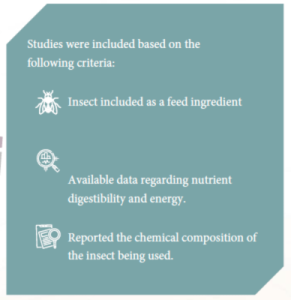
The database occupied a spreadsheet with 32 rows (treatments) and 28 columns (exploratory variables), containing six articles published between 2016 and 2022.

The studies that were included in the database, totaled 518 Japanese quail, with an initial mean age of 23 days and a final mean age of 35 days.
Most studies (60%) used female quails and 40% involved mixed lots. The method of total excreta collection was used in all of the considered studies. The average black soldier fly meal inclusion level was 12.5%.
A retrospective selection of predictors was conducted employing the REG procedure in SAS version 9.4. In which significant predictors were retained in the models while non-significant ones were removed.
 Crude protein (52.9±6.38) and ether extract (20.8±10.0) contents of black soldier fly meal showed great variability (Table 1). These results can be associated with the great variability of findings reported in the literature.
Crude protein (52.9±6.38) and ether extract (20.8±10.0) contents of black soldier fly meal showed great variability (Table 1). These results can be associated with the great variability of findings reported in the literature.
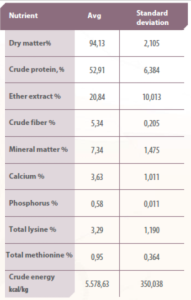
Table 1. Chemical composition (based on dry matter) of black soldier fly meal. Data from 32 samples used in the meta-analysis.
The heterogeneity in the chemical composition of black soldier fly meal can be influenced by:
- The stage of development of the larvae used to produce the meal
- The composition of the substrate used to breed the BSFL
- The procurement process of the meal(degreased or not).
 The crude protein content of BSFL meal is higher than that of soybean meal (50.7% based on dry matter). Insects possess higher concentrations and a better amino acid profile than traditional protein sources.
The crude protein content of BSFL meal is higher than that of soybean meal (50.7% based on dry matter). Insects possess higher concentrations and a better amino acid profile than traditional protein sources.

The levels of lysine and methionine in black soldier fly meal are higher than the levels of soybean meal and corn. These results prove that BSFL meal can be used as an alternative to soybean meal in poultry diets.
Another important component in black soldier fly is related to its fiber content. Predominantly represented by chitin; a polysaccharide that is naturally present in the exoskeleton of insects. Recent studies have shown that chitin and its derivatives have immunomodulatory effects on birds’ immune system..
Several studies have also demonstrated that chitin possesses antibacterial, antifungal and antiviral activities.
Minerals play a key role in the nutritional value of poultry feed. Despite the fact that black soldier fly meal is mainly used for its protein and amino acid content, significant calcium and phosphorus levels have also been found in this type of insect meal. However, more research is still needed to quantify the availability of these minerals.
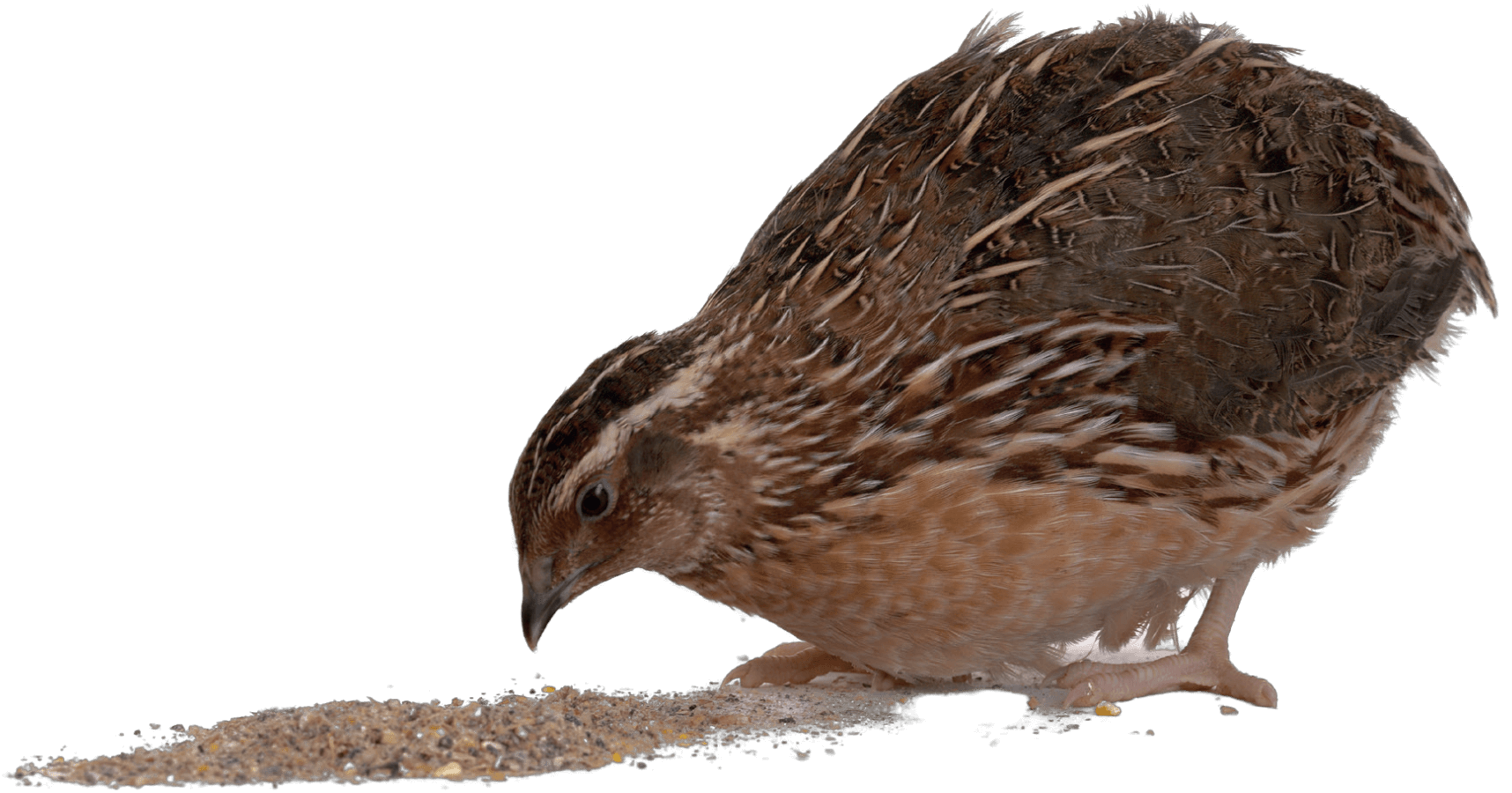
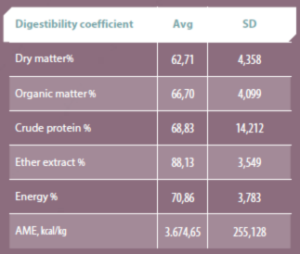
Table 2. Digestibility coefficients (based on dry matter) and apparent metabolizable energy (AME) of black soldier fly meal for quail. Data from 32 samples used in the meta-analysis.
The nutrient digestibility coefficients and AME (Table 2) suggest that black fly meal is a good source of nutrients and energy. BSFL meal presented similar AME values to that of corn (3,784 kcal/kg in dry matter), despite being characterized as a protein source. This aspect makes black soldier fly meal attractive and functional for the formulation of diets in Japanese quail.
Four AME prediction equations were generated through meta-analysis of data regarding the chemical composition of BSFL meal(Table 3).
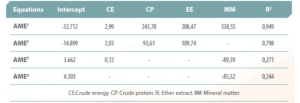
Table 3. Equations (based on dry matter) for predicting the apparent metabolizable energy (AME) of black soldier fly meal for Japanese quail
The equation with the highest number of variables (AME1=-32,712+2.99CE+243.78CP+208.47 EE+338.55MM) presented the best fit (R2=0.95), indicating that 95% of the variation in the AME content of BSFL meal can be explained by the contents of crude energy, crude protein, ether extract and mineral matter.
![]()
The equation with three variables (AME2=-14,899+2.03CE+93.61CP+109.74EE) can also be used to predict the AME content of black soldier fly meal, although it presents a lower coefficient of determination (R2=0.80).
Equations composed by up to four chemical composition parameters require shorter times for their analysis as well as being easier and cheaper to perform in the field.

The equations AME3=3.662+0.12CE-89.39MM and AME4=4.303-85.52MM are not suitable for estimating AME content in BSFL meal. This is due to their low coefficients of determination (R2=0.27 and 0.24, respectively).
In conclusion, AME prediction equations were developed based on the chemical composition of black soldier fly meal. Nutritionists can use these equations to accurately predict the AME content in various BSFL meal sources, and be able to improve diet formulation in quail.
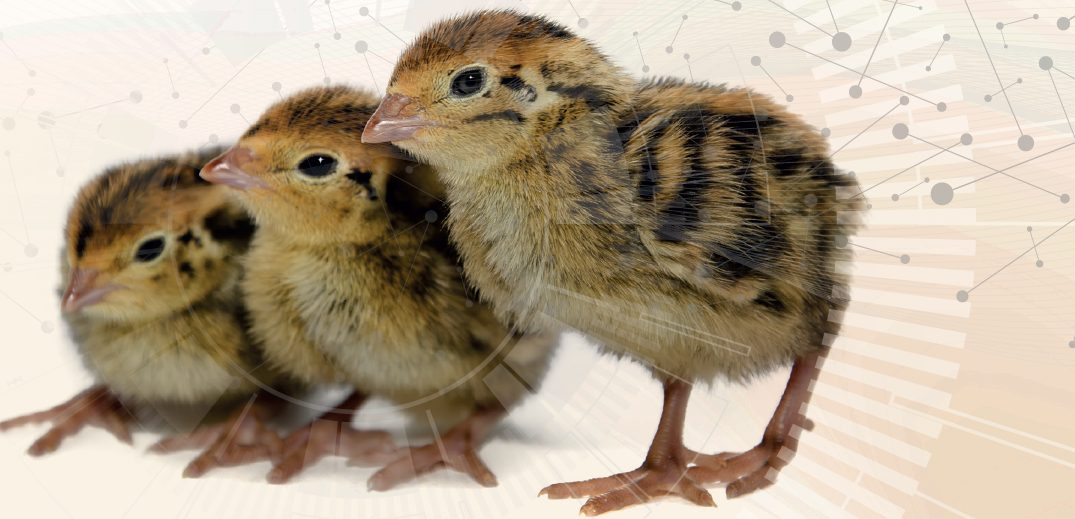
Source: This article was originally published as a content in Portuguese in nutriNews Brasil
Bibliographical references available upon request
[/register]
